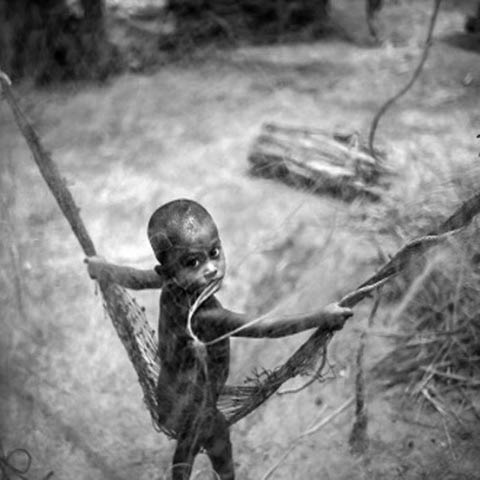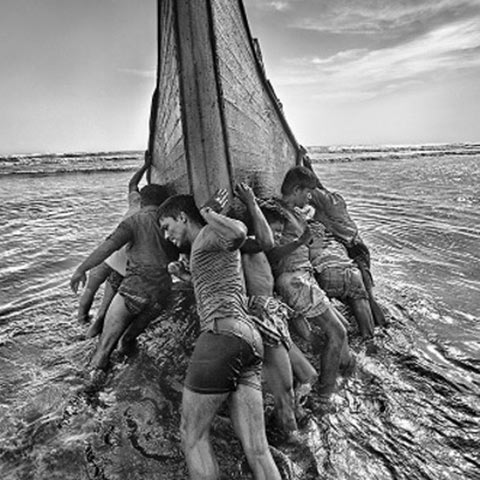Inaugural fellow of the Center for the Study of War Experience takes research to Myanmar
By Hadley Jenkins
Across the globe, war and conflict displace millions of people from where they are ancestrally rooted. The predominantly Muslim Rohingya people of Myanmar were forced from their homes in the beginning October of 2016 due to the onset of a cycle of persecutions by the military of Myanmar. The Rohingya are now deemed a “stateless” group, with nearly 3.5 million Rohingya displaced throughout the world.
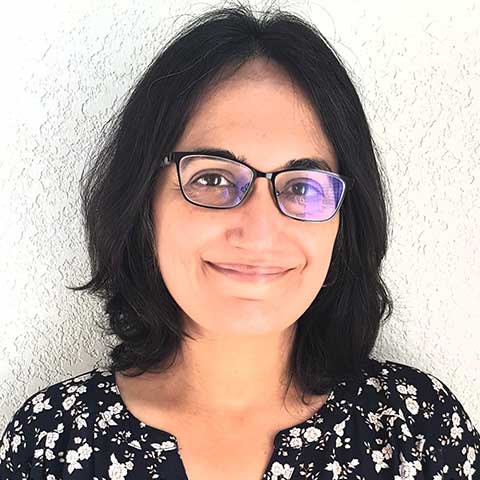
Mausumi Mahapatro,
Associate Professor of History,
Politics and Political Economy
Mausumi Mahapatro, associate professor of economics and public policy at Regis University, has taken this issue — and migration as a whole — to the forefront of her research. Mahapatro was born in India but was raised throughout the continental United States during her childhood. Later, she moved from Denver to London and then to South Asia as her Ph.D. led her to study international migration.
“I was traveling a lot,” Mahapatro said, “and it speaks to my research themes. It’s been a natural extension of my life: constant migration and mobility.”
As the inaugural fellow of the Center for the Study of War Experience (CSWE) at Regis, Mahapatro was able to apply her affinity for migration to study the Rohingya. Along with 2024 Regis graduate Hans Gebauer, Mahapatro traveled to meet with Rohingya people in the summer of 2023 with the help of the CSWE, which provided a grant to cover some of the cost of the trip.
The majority of Rohingya have relocated to Kutupalong, a refugee camp located on the southern border of Bangladesh and Myanmar. It is the largest refugee camp in the world, housing nearly a million Rohingya people.
As Mahapatro and Gebauer traveled to Myanmar, one thing became clear: The scale of this refugee camp, with a population larger than that of Denver, is nearly impossible to picture. “It’s one thing to know about these issues, but it’s another thing to see them firsthand for yourself,” Gebauer said.
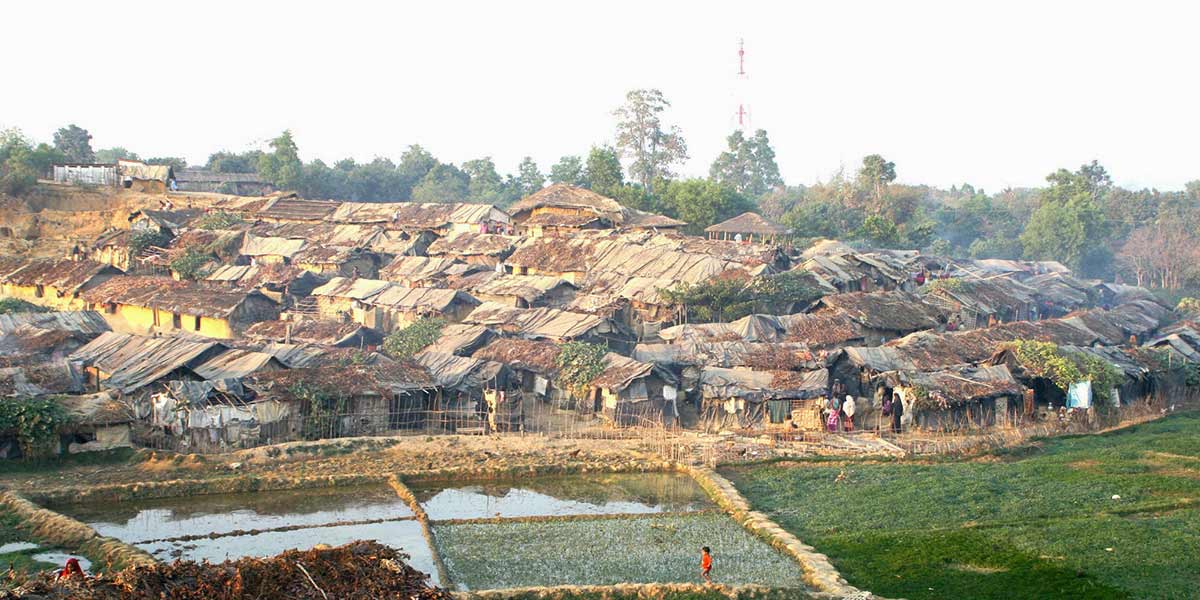
Kutapalong refugee camp located on the southern border of Bangladesh and Myanmar. Photo by Maaz Hussain.
In their article, Differentiated Integration Among the Stateless Rohingya in Bangladesh’s Camps, Mahapatro works with Gebauer to build on her previous work, and takes to investigating what she describes as a “triangular economy.”
“At the first point, is the humanitarian relief that is the most visible economy there,” Mahapatro said. “At the second level, I’m looking at the less visible economy. Migrants go fishing, farm and work as day laborers, or sell relief tokens. The final layer is invisible, underground economic activity. These sites are hot beds for human trafficking, smuggling, and the contraband trade, because these are border areas.”
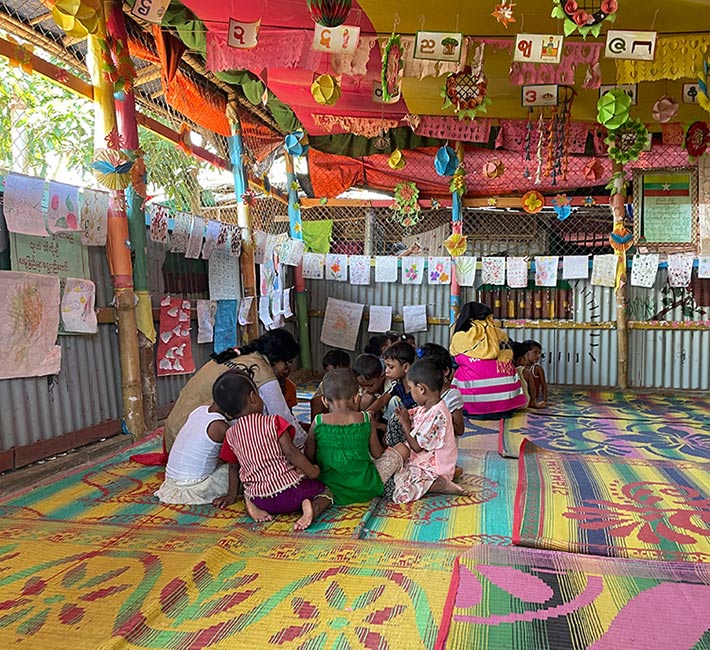
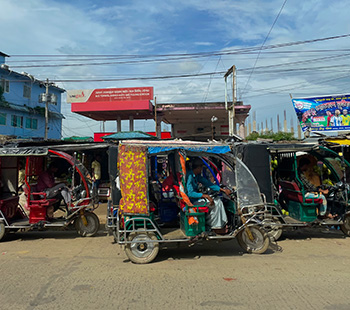
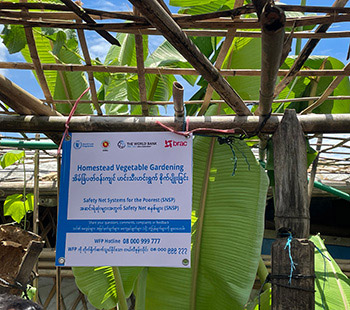
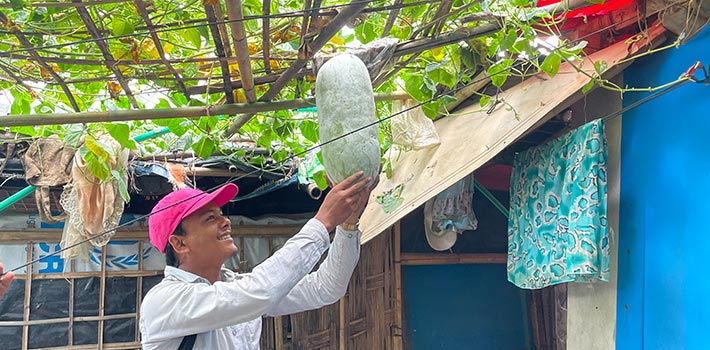
Mutual and humanitarian aid organizations in Kutupalong provide things like food and childcare to the refugees.
For Mahapatro, uncovering the layers of economic activity within migrant spaces is key to diversifying refugee studies. While there is abundant research comparing one or more migrant groups, there is not much work looking at the diversity within a migrant population.
“We tend to think of refugees as monolithic,” Mahapatro said. “The focus of this paper was to examine the class differences within this refugee population.”
Parsing class divides in refugee spaces not only diversifies academic study, but it also recognizes specific issues to inform relief efforts. Mahapatro and Gebauer interviewed not just the Rohingya migrants, but also local journalists and aid organizations intervening in the site.
Throughout their interviews, they became aware of the tension and critiques between aid flows. The variation of economic stability between refugees and migrants within the region, however, is all relative, as Gebauer described. The need for long term aid to support all people of the region is needed.
The displacement of the Rohingya is a protracted crisis. Aid disbursement in these camps has been ongoing for nearly eight years. However, the current model of aid has been met with criticism: critics rally for developed countries to contribute more to global aid, while others condemn the current model for introducing and perpetuating a specific economic model. Aid is prioritized and then shifted to the most recent global crises, minimizing the resources available for other ongoing crises.
“In my last set of interviews last summer when I traveled with Hans, the biggest worry I heard was: ‘What’s going to happen to us?’” Mahapatro said.
While Mahapatro has returned to Denver, her work of reconceiving “home” did not end. Mausumi Mahapatro’s father, Surendra Mahapatro, Ph.D., is professor emeritus of chemistry at Regis. Her return to Colorado — and specifically to Regis — roughly five years ago felt like a homecoming.
The displacement that is seen in Kutupalong is ongoing, stretched over several years of collective longing. The future for refugees and migrants globally hinges on receiving that homecoming for themselves.
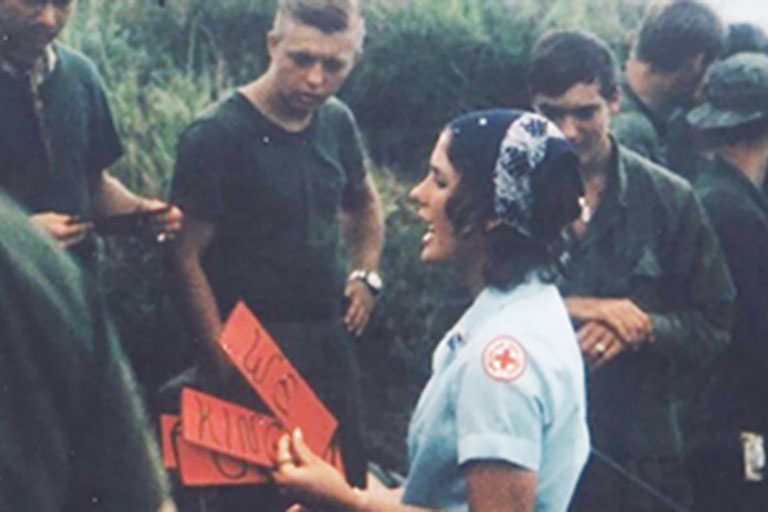
The Center for the Study of War Experience
The Regis Center for the Study of War Experience (CSWE) is committed to providing a space for individuals to share their stories of war. Since its founding in 2004, the Center has been dedicated to gathering and preserving a wide range of voices.

Article by Hadley Jenkins
About the Author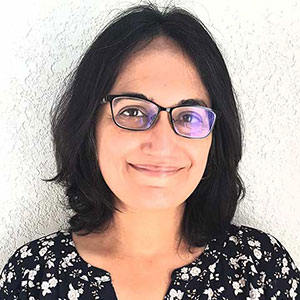
Mausumi Mahapatro
Contact this ExpertMore from this issue
Share Your Thoughts
Email us or write in to the Regis University Magazine at 3333 Regis Blvd, L-27, Denver 80221

